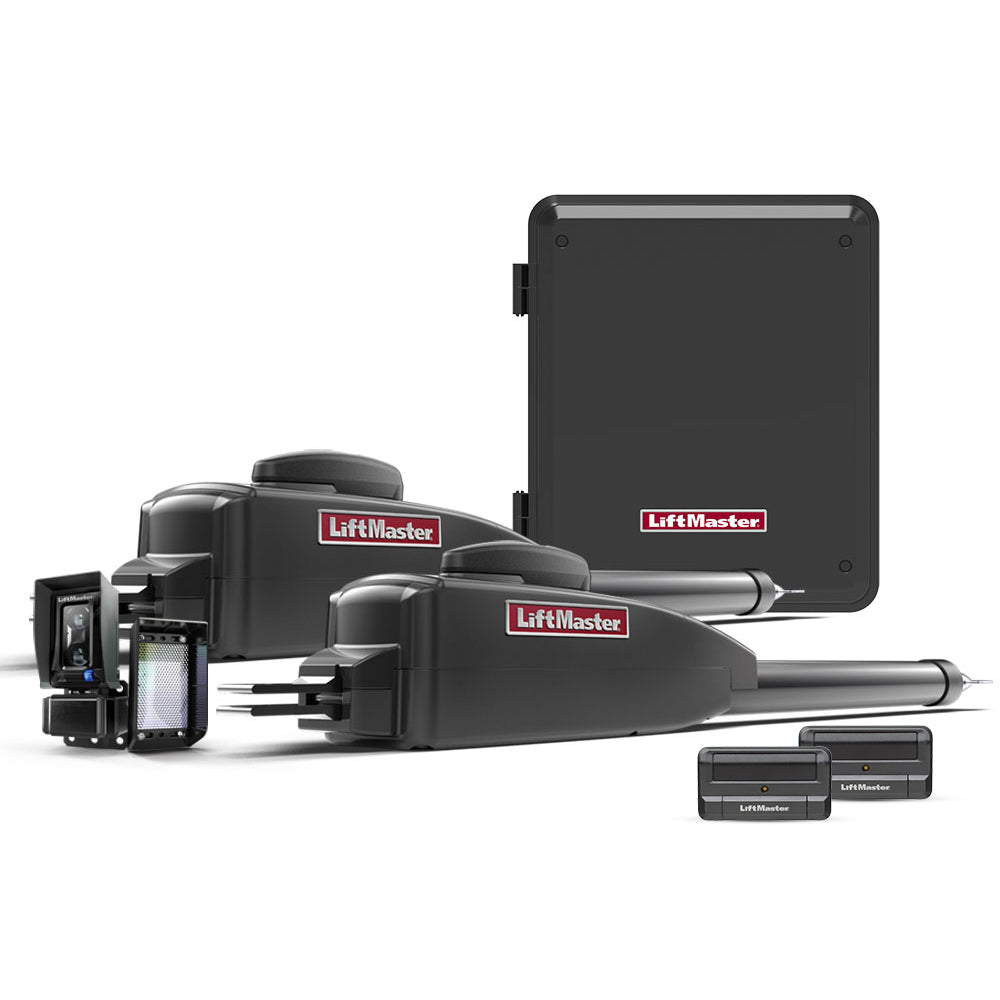A steady surge in threat levels and property crimes around the globe has led to an increasing number of property owners relying heavily on surveillance systems. While employing one or more security personnel may seem like a foolproof way of protecting valuable assets and property, the reality of the situation indicates the contrary.
A number of studies have revealed that occupational stress and fatigue seriously impact the performance of security guards on duty. When doing video surveillance with minimal activity, the average security guard can retain his attention for about 20 minutes, after which their focus will start to dwindle. Once his/her concentration is on the decline, the guard is likely to miss as much as 95 percent of all activities on the monitors.
Therefore, to avoid taking a chance or risking the security of your premises, it is of paramount importance that you have an extensive surveillance system in place, with multiple layers or rings of security. A perimeter detection system acts as the most crucial component of such a surveillance system, leaving little to no room for slip-ups or compromises.
In this article, we discuss what a perimeter detection system entails, its different categories, and how it can take your property security to the next level.
What is a Perimeter Detection System?
A Perimeter Detection System or Perimeter Intruder Detection System (PIDS) refers to a system of sensors or devices that are installed to prevent the breach of the physical perimeter of a property. It is typically used in high-security settings including military bases, airports, correctional facilities, nuclear plants, manufacturing and storage facilities, and other similar critical infrastructure.
A PIDS is generally deployed as one component in a larger security system. It is responsible for detecting unusual activity at and around the perimeter of a property that could be a potential or confirmed breach. Upon detecting any such activity, it immediately notifies concerned authorities, like security personnel and the police, allowing them sufficient time to intervene and mitigate the threat before any loss of or damage to property or assets can occur.
In this manner, the perimeter detection system serves as the very first layer of protection providing early warning and maximum time for threat assessment and interception. Through the use of one or more devices, such as seismic detectors, microphonic sensors, and fiber optic cables, it detects, delays, deters, or denies unauthorized entry.
Types of Perimeter Detection Systems
Perimeter Intruder Detection Systems can be categorized into the following types:
Ground-Based PIDS
A ground-based perimeter detection system is installed beneath the ground and generally consists of radiofrequency sensors, or seismic sensors. Since it operates below ground level, it cannot be tampered with and remains unaffected by bad weather or lack of light. Ground-based perimeter intruder detection systems also remain concealed, which is an added advantage. They are capable of detecting movements like footsteps, vehicular movement, digging, drilling, and so forth.
Barrier-Mounted PIDS
One of the most widely used perimeter detection technologies, a barrier-mounted PIDS is deployed directly on the perimeter wall or fence. It is ideal for non-linear or multi-directional perimeters and usually functions well even under bad weather conditions like fog or poor lighting. Barrier-mounted systems are more affordable than most other varieties of PIDS. They can be further categorized into post-mounted systems and fabric-mounted systems.
Free-Standing PIDS
A free-standing perimeter intruder detection system is installed above ground level and is best suited for perimeters that offer a clear, unobstructed line of sight. For instance, properties situated over wide-open spaces would benefit greatly from this type of PIDS. These systems mainly consist of active microwave or infrared sensors and are frequently paired up with barrier-mounted systems for optimal protection.
Why Install a Perimeter Detection System?
- Primary line of defense: The perimeter of a property is its first and primary line of defense. A simple wall or fence hardly serves its purpose as a barrier, especially when it comes to intrusions. Installing a perimeter intruder detection system is a significantly better deterrent that strengthens the perimeter and enables you to watch over vulnerable and exposed areas around your property.
- Rapid response: In the event of a break-in or intrusion, every minute is crucial. With a perimeter detection system, you have the advantage of an early warning the moment the system detects unusual or suspicious activity. This will allow you some time to assess the danger as well as issue the necessary response. A PIDS comes in especially handy for sites that span across a large area and cannot be easily covered by security personnel.
- Discretion is key: Certain types of PIDS, such as ground-based ones, allow for discreet operation so as to not alert potential intruders. This ensures that the perpetrator does not in any way tamper with the system or obstruct its functionality.
- Technologically advanced perimeter security: Modern perimeter detection systems come equipped with a plethora of advanced features that traditional fences and walls cannot offer. Applications like cross-line, loitering, or intrusion detection, motion detection as well as recording, zone crossing, and much more are pretty standard in today’s PIDS. Moreover, artificial intelligence (AI), data analytics, machine learning, and signal processing are also being integrated with perimeter detection systems for enhanced performance.
- Flexibility: The very nature of perimeter detection systems is such that they can be tailored to exactly fit your requirements and use case scenario. Depending on the level of security that your property calls for, you can incorporate multiple devices into the system.
A Better Quality of Life
A perimeter detection system can, therefore, be an excellent way to reduce manpower and enhance the security of your property and assets. While it does require a certain degree of investment, the level of protection that it offers remains unmatched.












